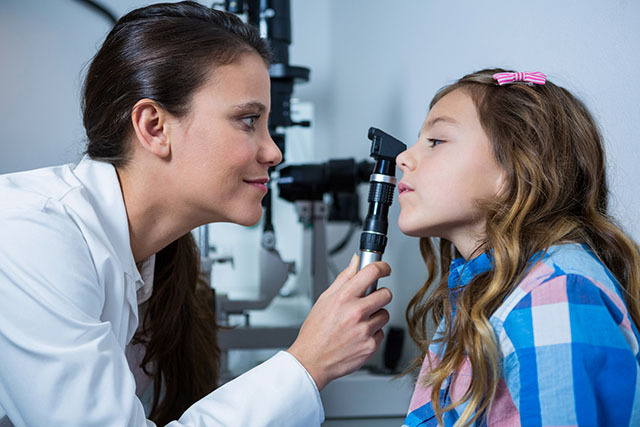In the park, older men and women often place their legs on the edge of flower beds or poles to stretch and do leg exercises, which has become their favorite daily exercise routine. Although this scene is commonplace and has even become a default habit for elderly fitness, whether it is suitable for all elderly people and its impact on the body are worth discussing.
There is a saying passed down among the people that “stretching an inch of tendons can prolong life by ten years,” which has made many elderly people particularly enthusiastic about stretching and hoping to improve their body flexibility through this method. As people age, they generally feel that their bodies are no longer as flexible as when they were younger, especially having difficulty in performing large movements; this is mainly due to the phenomenon of tendon contraction, where certain parts of the body such as the waist, legs, shoulders, neck, and back become tight and stiff, often caused by blocked meridians and declining positive energy. Stretching in moderation helps alleviate these issues by increasing flexibility, promoting blood circulation, relaxing muscles, and reducing discomfort caused by body stiffness.
However, stretching and leg exercises should be done moderately and correctly, as excessive or improper techniques may lead to muscle strains or other injuries. Ideally, stretching should cause mild discomfort rather than pain, with each stretch maintained for 30 to 60 seconds, and practiced 3 to 4 times a week. Although this exercise is beneficial for lower body strength and flexibility, it is not the only option, especially for elderly individuals with limited mobility, as there are inherent risks.
To safely improve lower body flexibility, other simple exercises can be considered, such as bending to touch the toes which exercises leg flexibility and relieves stiffness in the waist; kneeling stretches target the muscles above the thighs, with each set lasting 30 seconds, resting for 10 seconds in between, and doing a total of 5 sets. These movements reduce the risk of falling and are safer.
When elderly people engage in any physical activity, attention should be paid to the following points: first, the exercise pace should be slow and gradually increased, starting with low-intensity activities like walking or slow jogging; second, wear proper sports gear to ensure safety and comfort; finally, consider any underlying health conditions, control exercise timing, avoid exercising immediately after taking medication, and evenings are usually a more suitable time for exercise. The purpose of exercise is to enhance health, so one should not seek quick results but maintain consistency and moderation to see benefits over time.


